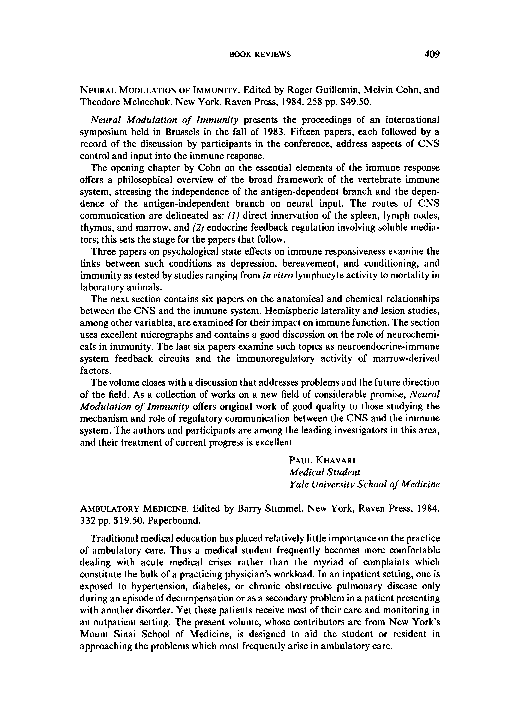Concurrent Powers: Defined For Easy Understanding

The concept of concurrent powers is a fundamental aspect of federalism, which is a system of government where power is divided between a central authority and constituent political units, such as states or provinces. In this context, concurrent powers refer to the shared authority between the central government and the constituent units to make laws and policies on specific matters. To grasp this concept fully, it’s essential to explore its definition, examples, and implications in depth.
Definition of Concurrent Powers
Concurrent powers are those areas of policy and law where both the central government and the constituent units (like states) have the authority to enact legislation. This means that both levels of government can make laws on the same subject, although the central government’s laws typically supersede those of the states if there is a conflict. The purpose of concurrent powers is to ensure that both the federal and state governments can address issues that are of national importance but also have local implications.
Examples of Concurrent Powers
Several areas are commonly subject to concurrent powers, including:
Taxation: Both the federal government and the states have the power to levy taxes. The federal government collects income taxes, corporate taxes, and excise taxes, while states collect sales taxes, property taxes, and state income taxes.
Environment: The federal government sets national standards for environmental protection, but states also have their own environmental protection agencies and can enact stricter regulations than the federal government.
Transportation: The federal government regulates interstate commerce and transportation, including highways and railroads, but states also manage their own transportation systems, including state highways and public transportation.
Education: While education is primarily a state and local matter, the federal government provides funding for certain educational programs and has laws regarding accessibility and standards.
Law Enforcement: Both federal and state governments have law enforcement agencies. Federal agencies, like the FBI, deal with federal crimes, while state and local police handle crimes that fall under state jurisdiction.
Implications of Concurrent Powers
The system of concurrent powers has several implications:
Flexibility and Adaptability: It allows for flexibility in addressing issues that have both national and local dimensions. States can experiment with different policies, and successful ones can be adopted at the federal level.
Efficiency: By allowing both levels of government to regulate certain areas, it ensures that issues can be addressed promptly without needing to go through a single, centralized authority.
Competition and Innovation: Concurrent powers can foster competition among states, encouraging innovation in policy-making as each state tries to attract businesses and residents by offering favorable conditions.
Potential for Conflict: One of the significant challenges of concurrent powers is the potential for conflict between federal and state laws. When these conflicts arise, they are typically resolved by the judiciary, with the federal law usually taking precedence.
Checks and Balances: The division of powers also serves as a system of checks and balances, preventing any one level of government from becoming too powerful. If the federal government oversteps its authority, states can push back, and vice versa.
Challenges and Criticisms
Despite its benefits, the system of concurrent powers is not without its challenges. One of the main criticisms is that it can lead to confusion and inefficiency, especially in areas where federal and state laws overlap or conflict. Additionally, the balance of power between the federal government and the states can be precarious, with either side potentially overstepping its authority.
Future of Concurrent Powers
The future of concurrent powers will likely be shaped by ongoing debates about the role of the federal government versus the states. As the country faces new challenges, such as climate change, healthcare reform, and economic inequality, the division of powers between the federal government and the states will continue to evolve. It is crucial for policymakers, legal scholars, and the public to understand the complexities of concurrent powers and how they impact the daily lives of citizens.
In conclusion, concurrent powers are a vital component of federalism, allowing for the shared governance of issues that affect both the nation as a whole and individual states. Understanding this concept is essential for navigating the intricacies of governance and for ensuring that power is distributed in a way that benefits all citizens. As the United States continues to grow and face new challenges, the system of concurrent powers will remain a cornerstone of its political structure, facilitating cooperation, competition, and innovation between different levels of government.
What are concurrent powers in the context of federalism?
+Concurrent powers refer to the shared authority between the central government and the constituent units (like states) to make laws and policies on specific matters. This means both levels of government can enact legislation on the same subject, with the federal government’s laws typically superseding those of the states in case of conflict.
What are some examples of areas subject to concurrent powers?
+Examples include taxation, environmental protection, transportation, education, and law enforcement. Both the federal government and the states have the authority to make laws in these areas, although the nature and extent of their powers can vary.
What are the implications of concurrent powers for governance and policy-making?
+The implications are multifaceted. Concurrent powers allow for flexibility, efficiency, and competition among states, which can foster innovation. However, they also pose challenges, including the potential for conflict between federal and state laws and the need for a balanced distribution of power to prevent any one level of government from dominating the other.


